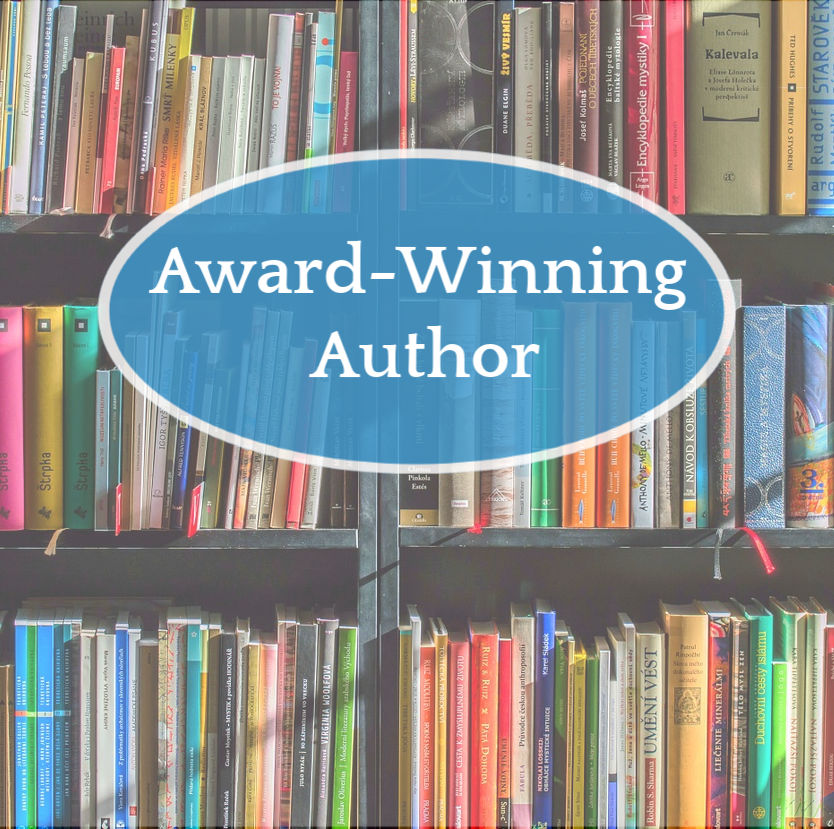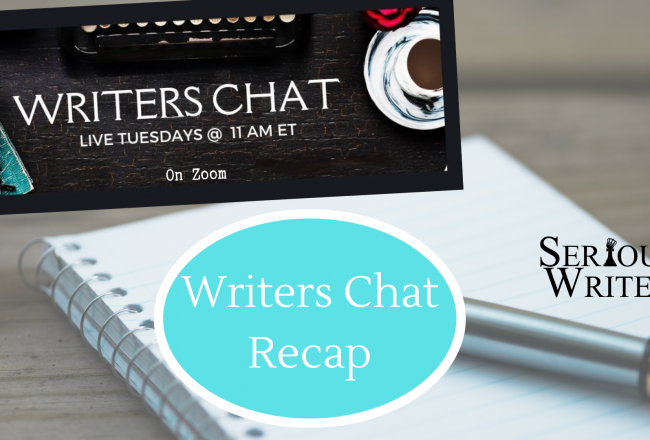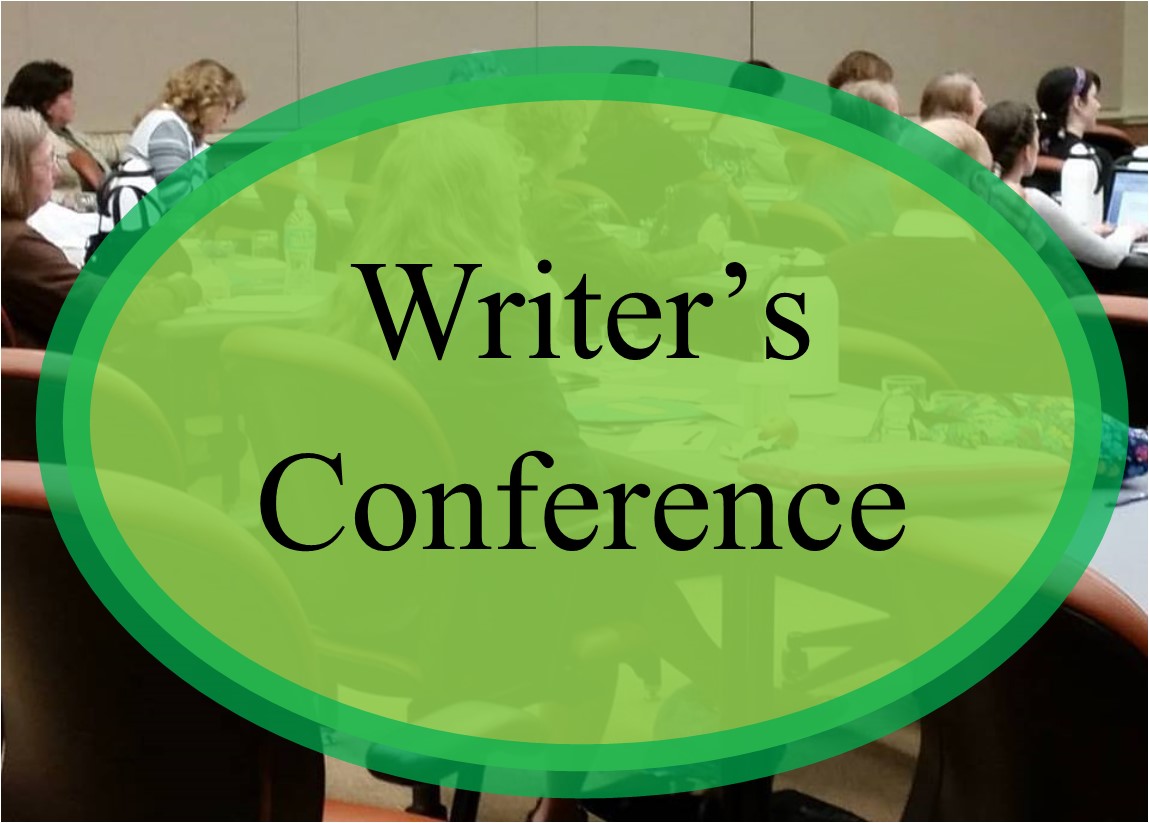
2018 Character Intensive Writing Conference
Steven James here. As a working novelist over the last decade I’ve heard over and over from editors and…
June 14, 2018
Steven James here. As a working novelist over the last decade I’ve heard over and over from editors and…
June 14, 2018
If you’ve been writing and working towards getting published, even more so, if you are writing because you know…
June 14, 2018
Last week I taught several workshops at a Christian Writers Conference and also met one on one with numerous…
June 13, 2018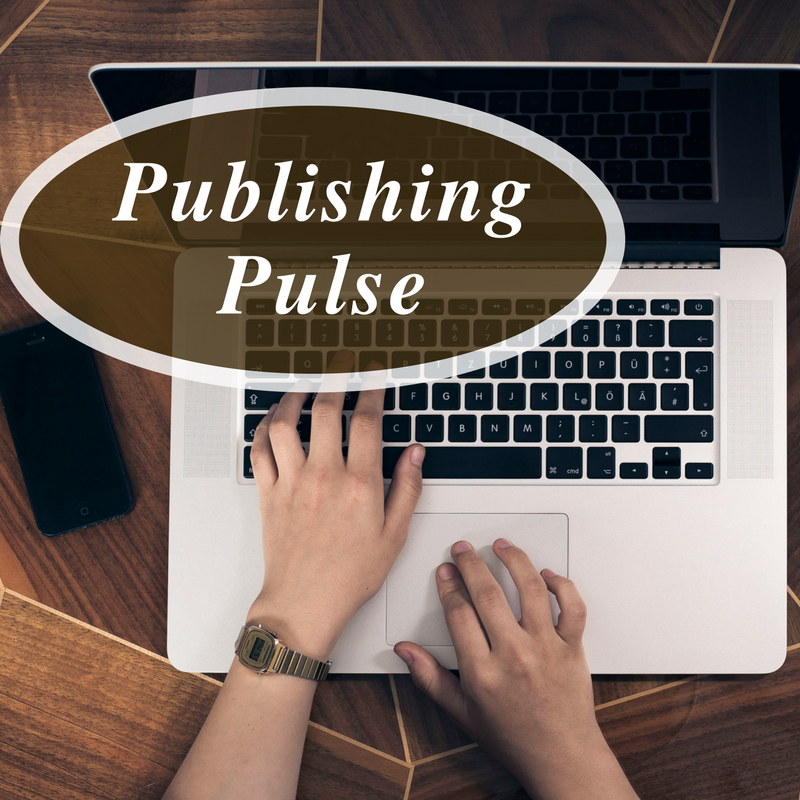
Book authors are hearing more and more voices telling them to self-publish and “reap the profits that traditional publishers…
June 12, 2018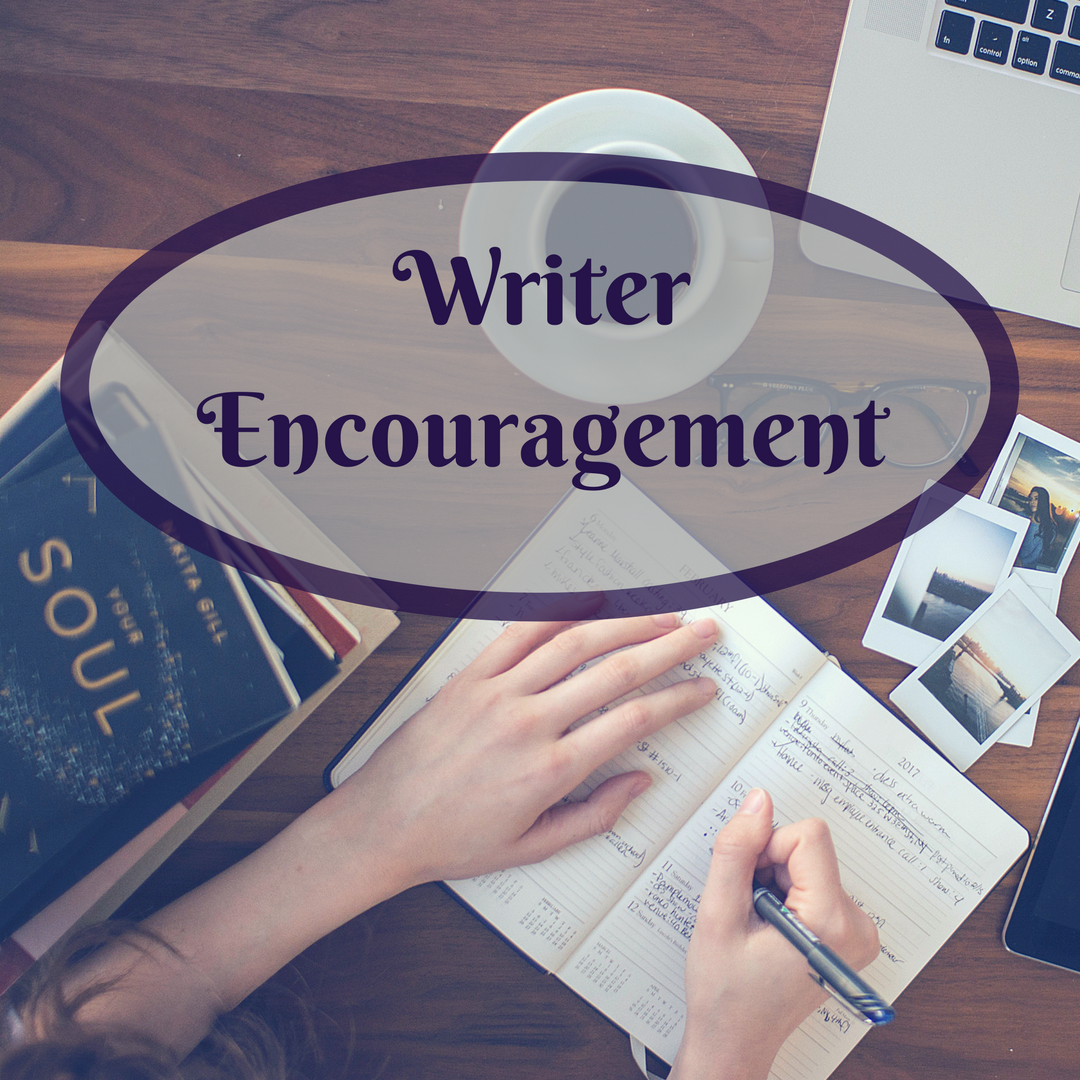
In a solitary profession like writing, sometimes the thought of being an encourager to other writers might not occur…
June 11, 2018
“Will you please teach me a new slang expression and what it means every day?” Little did I know…
June 10, 2018
While brainstorming for this post, I remembered the song that inspired the climax for my first screenplay over a…
June 9, 2018
Fantasy stories come in all shapes and sizes, from modern-day tales to historical adventure. One way to give your…
June 7, 2018
I just returned from Blue Ridge Mountains Christian Writers Conference, and there was much talk about how most writers…
June 6, 2018
If you have been following my articles on songwriting, perhaps you’re ready to write your first song. There are…
June 3, 2018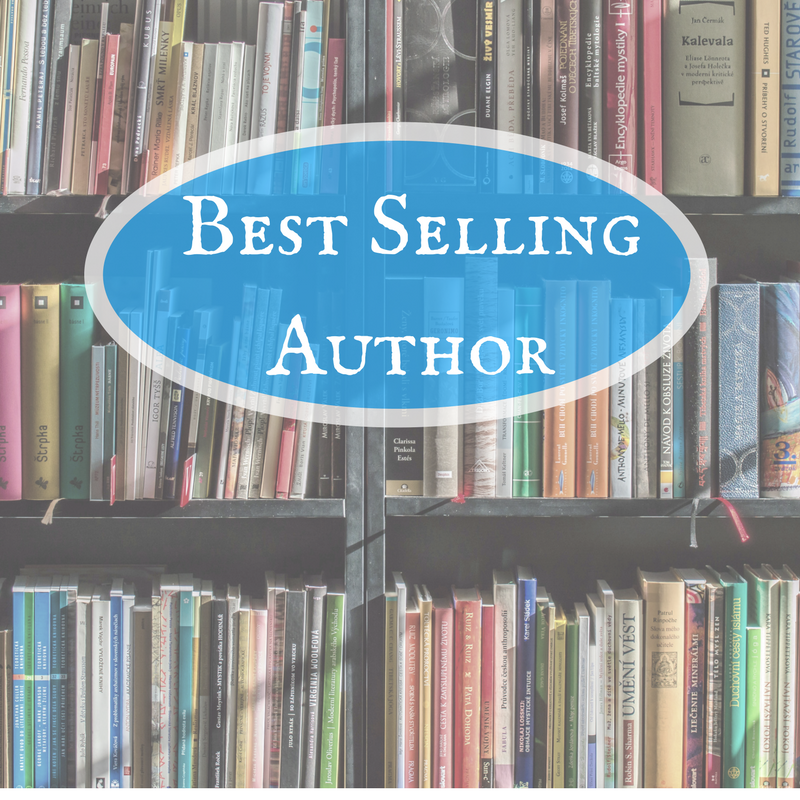
Can you share a little about your recent book? It’s The Accidental Guardian, and is available. When Trace Riley…
June 1, 2018
Are you writing a mystery or a thriller? Do you know how to tell the difference between suspense, thriller…
May 31, 2018
Since we’re on the eve of Memorial Day Weekend, it only seems fitting to highlight Rick Barry’s WWII novels,…
May 30, 2018
It has been nearly Twenty-two years since I became disabled with a traumatic brain injury. Even so, I am…
May 29, 2018
Recently, I was asked by a fellow writer to work with him on a project. Admittedly, I was pretty…
May 29, 2018
A traditional blog gives your readers a place to find you and your writing. A place where you share…
May 28, 2018
I broke into a cold sweat when I read the email. Could it be true? I reread the email.…
May 27, 2018
I love cats, coffee, chocolate, and long walks on the beach, especially if the beach has sea glass. My…
May 25, 2018
We’re crafting both our romantic heroine and our hero. Our heroine is Tovah, a Jewish rabbi who fears rejection…
May 23, 2018
A few weeks ago I started typing a new manuscript. I thought it was going to be a picture…
May 22, 2018
Yes. That’s right. Psychological. I promise not to go too deep. Please keep reading. In editing our own manuscripts,…
May 22, 2018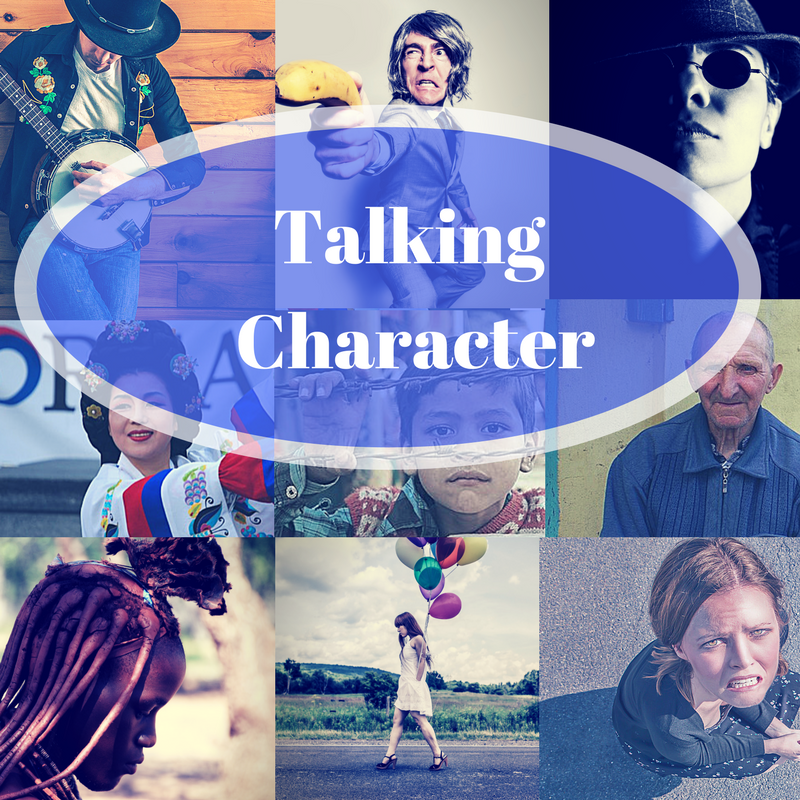
Do you have a method for capturing the bits and pieces you use to create memorable, complex characters? If…
May 20, 2018
Do you ever have a writing deadline, but have nothing to write? No thing, blank mind, nada, zilch? Me…
May 19, 2018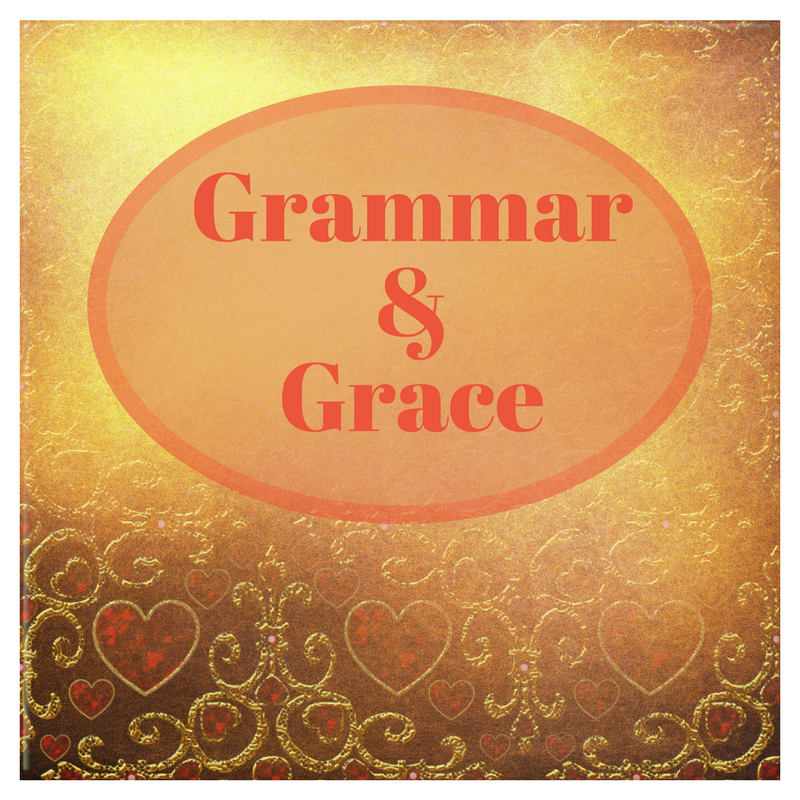
Last time, I offered a list of compound words from A to H. This post continues with the remainder…
May 18, 2018
This past month I packed up my little bag, tucked my insecurity into the glove box and drove south…
May 15, 2018
